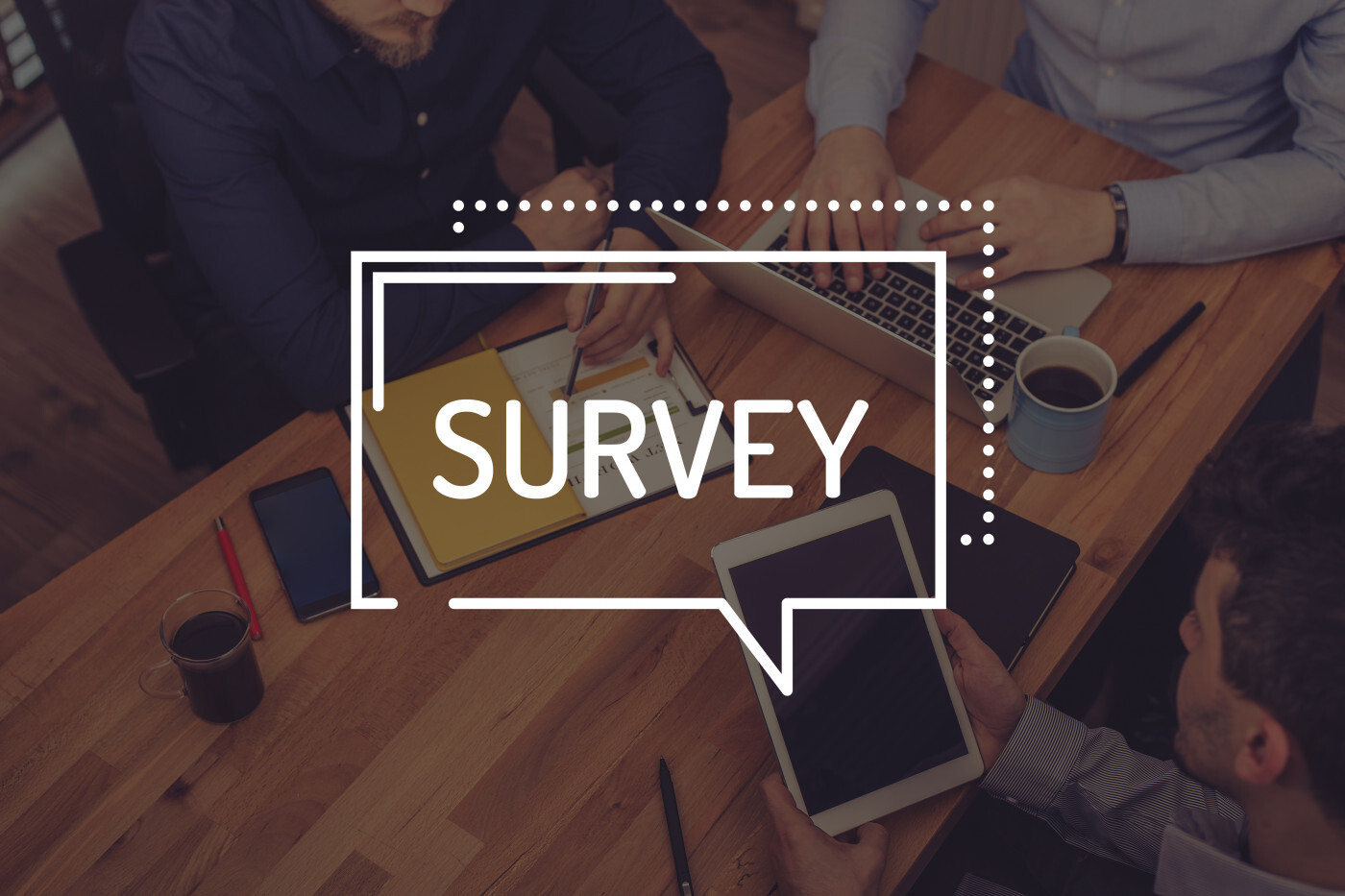Early COVID-19 Pandemic Hampered Patient Access to PH Care

Medical care for patients with pulmonary hypertension (PH) was affected during the first wave of the COVID-19 pandemic, with some patients reporting worsening health and difficulties in accessing expert care, a worldwide survey shows.
The results were published in the Orphanet Journal of Rare Diseases, in the study “PH CARE COVID survey: an international patient survey on the care for pulmonary hypertension patients during the early phase of the COVID-19 pandemic.”
During the first lockdown of the current pandemic, healthcare systems had to prioritize assistance to urgent cases. This meant cancelling less urgent consultations, including for people with PH.
Pulmonary arterial hypertension (PAH) and other severe forms of PH, including chronic thromboembolic hypertension (CTEPH), require specialized care in expert centers and complex treatments that need close monitoring.
Patients with chronic diseases, in particular PH, are at a higher risk for severe COVID-19 infection.
To understand how the pandemic affected the care of PH patients, several patients’ associations and scientific societies joined efforts and conducted an online survey.
Called PH-CARE-COVID, the survey was available on the PHA Europe and the European Reference Network-LUNG websites. It included 34 questions about demographics and disease, patients’ experience with COVID-19, and disease management during the pandemic.
The survey was translated from English into 15 other languages.
Overall, from the 1,073 individuals across 52 countries who answered the survey, 73% were patients and 27% were relatives of patients. Belgium was the country with the highest participation (13.4%), followed by France (11.6%), and the Netherlands (10.8%).
Most participants (96%) were adults, 39% of whom had idiopathic (unknown cause) PAH; 19% had congenital heart disease associated with PAH; and 15% had CTEPH. The majority of patients (87%) were treated with oral therapies. Patients were followed at specialized centers for a median of 4.5 years.
During the early phase of the pandemic, 47% reported no worsening or onset of new symptoms. Most reported symptoms were unspecific but compatible with viral infections or PH. Loss of smell or taste was reported by 3% of patients.
About three-quarters of patients (76%) said their physical condition was stable, while it worsened in 14% and improved in 4% of patients. Among the 155 patients showing worsening of symptoms, 54% attributed it to PH; 50% due to lack of activity because of the lockdown; 41% to anxiety and depression; 11% due to lack of medication; and 10% directly to COVID-19.
The data also showed that 70% (756 patients) said they had no contact with healthcare professionals for issues related to COVID-19. Among those who had, 46% reported a contact with their general practitioner and 49% with their treating PH physician.
A total of 104 patients (10%) were tested for COVID-19. Nine tested positive. Thirteen (1%) were hospitalized due to COVID-19, with a median hospital stay of six days.
Half of the patients had no contact with healthcare professionals for their PH condition, while 44% kept in contact. Among these, 32% were in contact with their general practitioner, 65% with their PH physician, 27% with a specialized nurse team, and 17% with a cardiologist or pneumologist.
For patients who reported no contact with healthcare professionals, 317 (59%) had no consultation planned. A total of 41 patients (8%) were afraid of disturbing their physicians, 111 (21%) were afraid of public space or hospitals, and 73 (14%) did not consider their concerns to be important.
During the early phase of the pandemic, a total of 43 respondents (4%) were hospitalized due to PH, including 30 hospitalized in their usual PH center.
Notably, 117 patients (11%) reported difficulties in contacting their PH team, 175 (16%) had issues in obtaining information about the effects of COVID-19 on PH, and 172 respondents (16%) had difficulties in getting their PH medication.
Around half of the patients (49%) had their consultations cancelled, including 32% with their PH physician and 35% of exams related to PH. The majority of the cancellations were by the PH center (64%), while 16% were done by the patients themselves.
In addition, the team found that 12% of the patients reported face-to-face contact with their PH team, while 42% contacted their team by phone, and 26% by email.
Medication was not changed for 81% of respondents, but 3% (27 patients) had their treatment interrupted due to shortage in supply (1%) and 4% due to modifications in treatment. Among those who interrupted treatment due to a shortage in supply, the interruption was for less than one week in 22%, from one to four weeks in 37%, and longer than four weeks in 41%.
Around half of the patients reported anxiety (47%), while 20% said they felt sad or depressed, and 9% (95 patients) felt abandoned.
Results further revealed that 52% (556 patients) were satisfied or very satisfied with the medical care received during the early stage of the pandemic. In addition, 55% of the group considered their PH centers well-prepared to face the pandemic. Over 70% of respondents thought PH associations could play a critical role in similar crises.
“Although COVID‐19 incidence in PH patients was low, PH related problems occurred frequently as the pandemic progressed, including difficulties [in] access to specialized care,” the researchers wrote.
“The importance of primary healthcare even in the case of specialized rare conditions should not be undermined,” they added.
Overall, the survey’s findings “could be of interest for further planning of strategies and organization of PH centres to ensure continuity of care and adequate communications with patients, caregivers, and health care providers, including primary care physicians,” the investigators concluded.







